This information provides an overview of post-funding strategies for businesses to maximize their chances of forgivability of payroll protection program loan amounts. It was compiled on April 14, 2020 and provides an overview for best practices up to the date of its creation. The advice is subject to change.
AMOUNT OF FORGIVABILITY
The amount of loan forgiveness can be up to the full principal amount of the loan and any accrued interest, so long as the applicant keeps salary and employee counts the same.
Eligible costs: Payroll
- Payments of interest on mortgage obligations incurred before February 15, 2020
- Rent payment on leases dated before February 15, 2020
- Utility payments under service agreements dated before February 25, 2020
During the 8-week period after the loan origination
75 percent of the loan amount must be used for payroll costs to be eligible for forgiveness, whereas only 25 percent of the loan amount can be used for other eligible costs.
How loan forgiveness may be reduced:
The amount forgiven may be reduced proportionally by any:
- Reduction in the number of fulltime employees (as compared to the average fulltime employees on February 15, 2019 – June 30, 2019 or January 1, 2020 – February 29, 2020; at the borrower’s election)
- Reduction in pay of any employee beyond 25 percent of their prior year compensation
* This means that companies that grew quickly in the second half of 2019 may be able to reduce their head count vis a vis their January 2020 employment without reducing forgiveness. Conversely, businesses that contracted over 2019 will not be adversely impacted by their pre-COVID reductions and would be able to choose the more recent time period.*
Exceptions:
Businesses that re-hired laid off workers or raised wages to make up for salary reductions during COVID-19 will not be penalized. You will not be penalized if:
- The reduction in full time employees between February 15, 2020 and April 26, 2020 is completely eliminated by June 30, 2020. Therefore, on June 30, 2020 there can no longer be any reductions in full time employees. The SBA will look at the number of employees on February 15 and compare that number to the number of full time employees at June 30, 2020; or
- The salary or wages of one or more employees was reduced between February 15, 2020 and April 26, 2020, and the employer has subsequently restored pay by June 30, 2020.
The SBA has not issued rules regarding the reduction in loan forgiveness specifically. It is assumed that if you meet an exception after you reduce pay or the number of employees, you will be able to receive forgiveness up to the amount of funds used appropriately.
BEST PRACTICES
Obtaining Forgiveness:
First, communicate with your lender. It is possible that lenders will have full discretion on what documentation they provide to the SBA on loan forgiveness. Lenders may begin to request full funding of the forgiveness portion of their SBA loans on the seventh week immediately following the receipt of each loan. Therefore, it is expected that documentation will need to be filed by then.
Determine the amount of the loan you may use on payroll 75%; and other eligible costs 25%. If your payroll costs during the 8-week period are more than 75%, or the other eligible costs (rent, utilities, etc.) is more than 25% create a strategy on where the money will go. For example, if you have high rent costs, and 25% of the funds is less than rent costs, you can use the entirety of the costs to “pad” the payment.
Set up a redundant file to track everything in detail each pay period. The document should provide documentation on pay stubs, health insurance invoices, entries in a check register for anything related to payroll, commissions, costs for health care benefits, premium payment, interest on mortgage, rent and utilities interest on debt you took on before February 15, 2020.
Documentation should also include separate lists for each employee making over $100,000 annually and document that money coming from loan funds is only up to $8,333 monthly, or $4,166 weekly, or for the 8-week period $16,666. Document that the remainder of their salary is paid from separate funding.
Forecast 8-week costs and compare back to the amount eligible for forgiveness: payroll 75%; other eligible costs 25%.

Morgan R. Johnson
Associate Attorney
morgan@eldridgebrooks.com
479.595.2725



